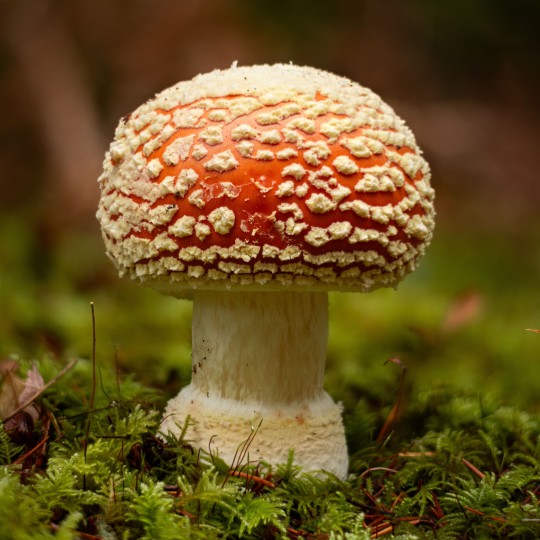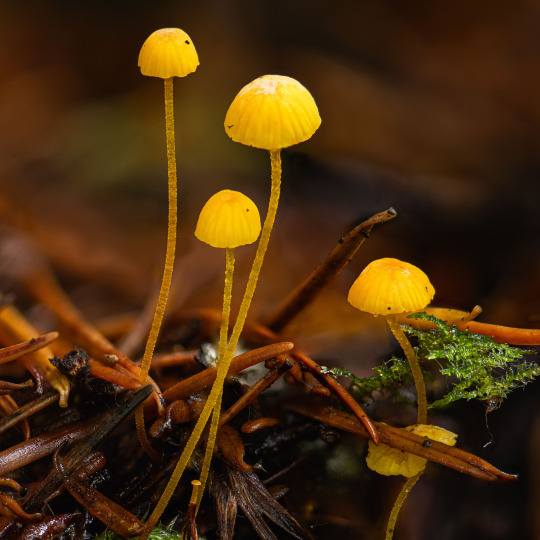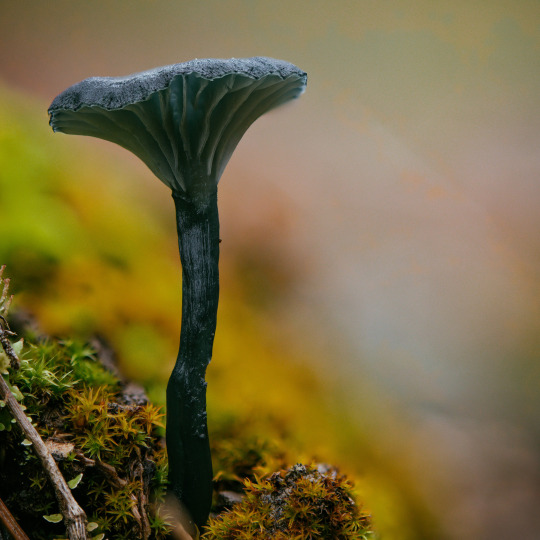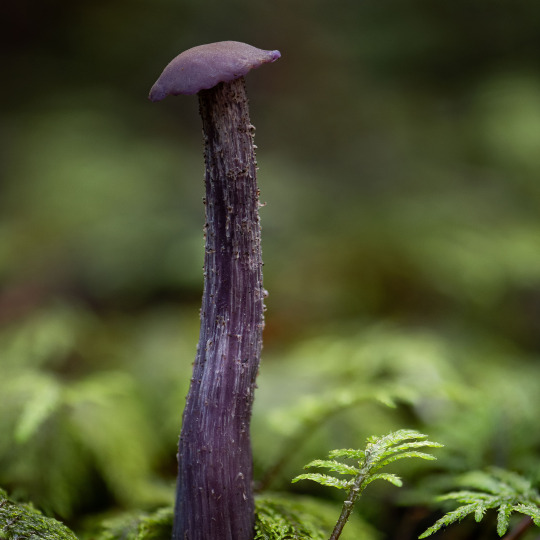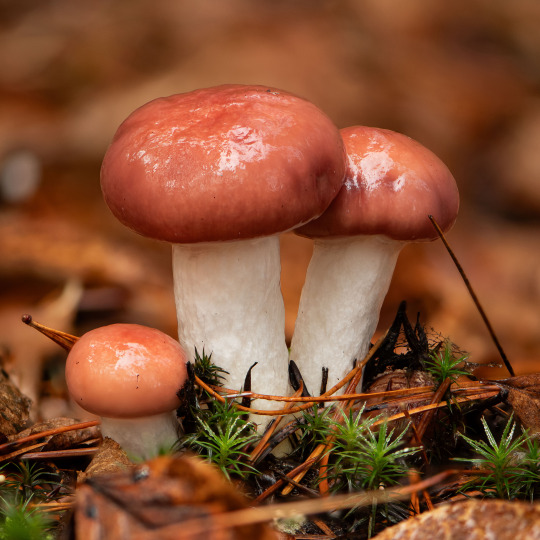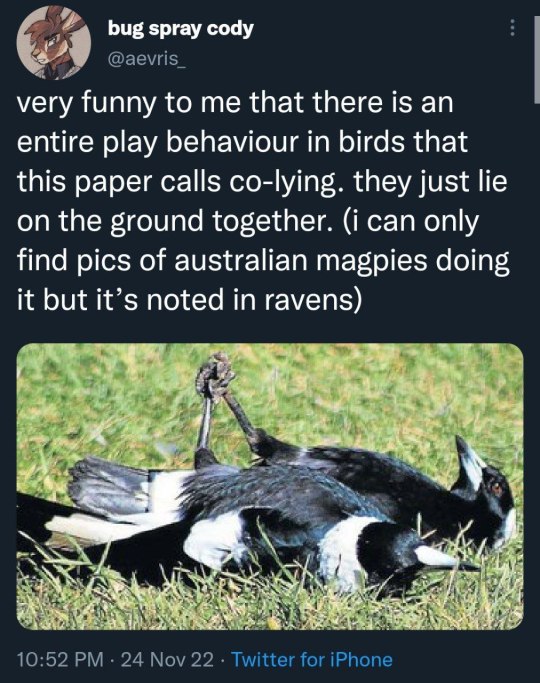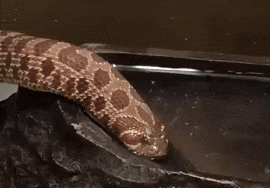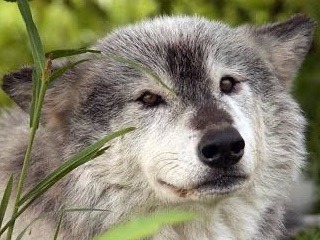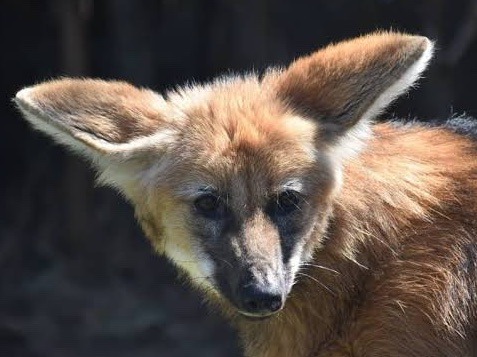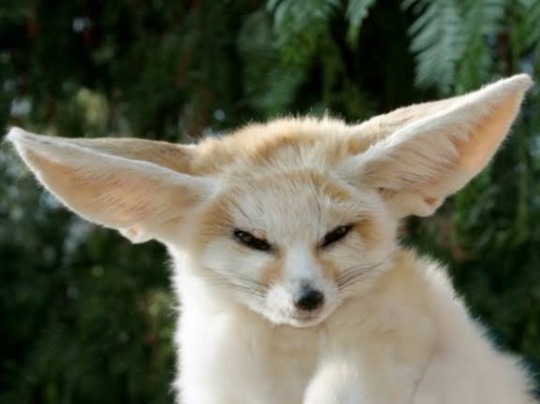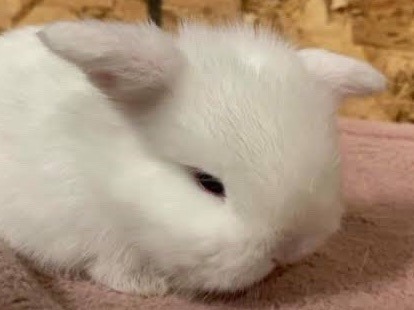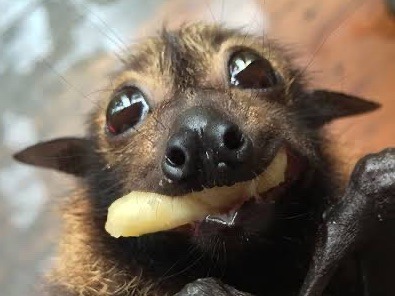Text

Vampire bat By: Unknown photographer From: Wildlife Fact-File 1990s
213 notes
·
View notes
Text
Landlord wants the grass cut in the middle of a heat wave ohh my god THE GRASS KEEPS THINGS COOL
our yard has more fireflies out of the entire neighborhood, it attracts flycatchers and several insectivorous species I fucking hate lawn culture so much
7K notes
·
View notes
Text
i love seeing cardinals and bluejays together i’m always like “hehe.. evil siblings”
292K notes
·
View notes
Text
giant redwood trees really are so cool, they just have something incredibly special going on. it's hard to describe if you haven't seen them
13K notes
·
View notes
Text
Do you think we could use him as a lock pick

I bet we could
3K notes
·
View notes
Text





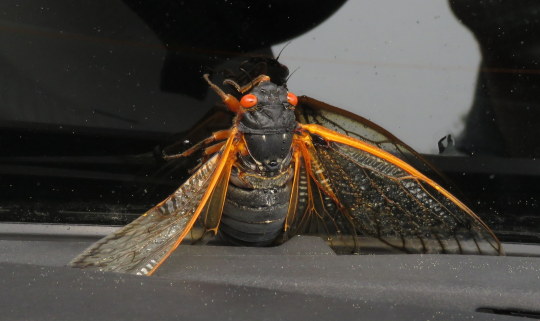

Bug of the Day - Cicadapalooza!
So I went to see the Brood XIV cicada emergence on Cape Cod this week...:-D
(Linnaeus' Periodical Cicada - Magicicada septendecim)
757 notes
·
View notes
Text
it makes me so furious when i want to know about a specific ass species of animal and theres only like 6 existing photos of it. like im actually going to pass away if humanity as a whole doesnt release more pied butterfly bat images

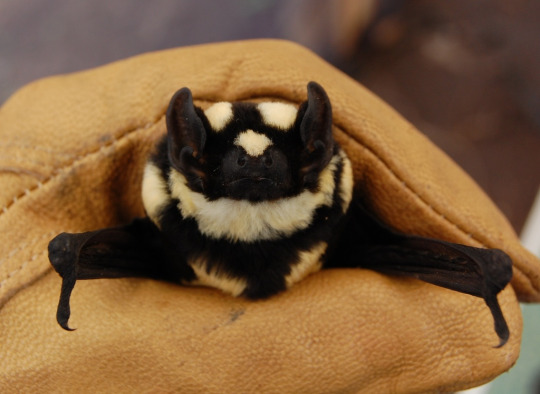


23K notes
·
View notes
Text

Beelieve it or not, this blue bee is the real deal! 🐝 Meet the blue carpenter bee (Xylocopa caerulea). This large bee can reach lengths of up to 1.1 in (2.8 cm); compare that to a European honey bee which typically grows up to 0.7 in (1.8 cm) long! Unlike honeybees, this critter doesn’t live in large hives, but instead spends most of its time alone. This insect can be found in parts of India, China, and Southeast Asia where it plays an important role in pollinating its habitat.
Photo: Cheongweei Gan, CC BY-NC 4.0, iNaturalist
2K notes
·
View notes
Photo


A Chinese Water Deer taking a swim with her fawn
Photograph by Hans Watson
36K notes
·
View notes
Text
Here’s a video so you can hear the water and the thrushes. I took it for you because you couldn’t be there. <3
161K notes
·
View notes
Text
Right, so:
Intersex Deer
and just some variations. Obviously not a comprehensive list, only a few examples of how it can present in deer across species. Some of these sources contain images of dead animals (labeled DA) or outdated language for intersex conditions (OL)! Please keep that in mind before clicking the links.
First up, antlered does:
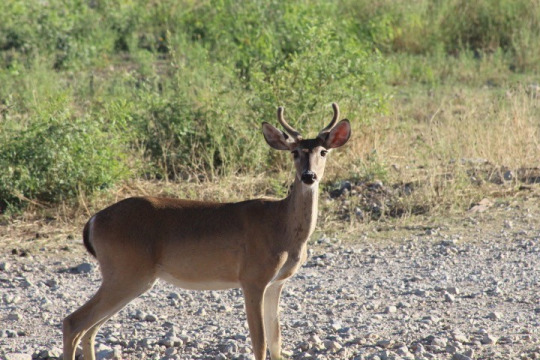
White-tailed deer (Odocoileus virginianus)
So put incredibly simply, all cervids (except for water deer) are capable of antler growth, as the stem cells that generate them are present even in females. However, in those cervids (except reindeer/caribou), those cells only activate with heightened testosterone. Usually only males can produce enough, but rarely, so can a female. Their antlers tend to be spindly and narrow, if they grow larger than spikes, and remain covered in velvet year-round. They rarely, if ever drop them, unlike their male counterparts, which regrow their antlers annually.
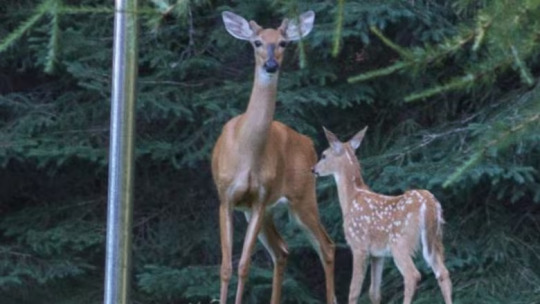
White-tailed deer (Odocoileus virginianus)
This is most commonly documented in members of the Odocoileus genus, such as these whitetails, and in the Capreolus genus, namely western roe deer. Like the doe above, these deer are typically capable of reproducing, and often behave like other females of their species, i.e. staying in female-only herds. Their heightened testosterone can be linked to hormonal imbalances, malformed or underdeveloped reproductive organs, or tumors/cysts on their ovaries. The latter occurs most often in older individuals, and has also been documented in elk, red deer, and moose (like this cow, which was spotted with a calf near Nome, Alaska).

Alaskan moose (Alces alces gigas)
High testosterone has even been documented in the aforementioned water deer, causing does to grow elongated fangs (DA, OL). These does, like females of other species with permanent velvet antlers, were still capable of producing offspring. While they were expected to exceed the standard weight for does, they were actually smaller.
However, not all antlered does can reproduce, and not all have permanent velvet. In extremely rare cases, their antlers can harden and shed. This leads to the next set of conditions, which unfortunately I don't have pictures for: visibly intersex animals, externally, internally, or both.
A vast majority of visibly intersex deer are discovered via hunting; therefore, intersex whitetails and roe deer (DA) are (still) the best studied. These deer can have any combination of sex organs, such as an individual with a vulva, cervix, testes, and more (DA, OL). Their antlers can be velvet or hardened, though they're often malformed. They may exhibit behaviors of both sexes, including breeding behaviors; while I couldn't find much regarding their reproductive ability, most are likely infertile. There's still a lot to study regarding these guys, especially in poorly-researched species like muntjacs, brockets, and hog deer.
Finally, the most common form of intersex in deer: cryptorchidism. This is a condition where one or both testicles don't descend properly, or are otherwise malformed. It causes male deer to grow wonky antlers, referred to as "cactus antlers," "Devil's antlers," and, for moose, velericorn antlers (also used for antlered cow moose). They shed them at odd times, and, like for this individual, they might even crumble away rather than pop off cleanly.

White-tailed deer (Odocoileus virginianus) (OL)
These deer may have little interest in mating, scraping, self-urinating or other breeding behaviors due to a lack of testosterone, or even prefer the company of females year-round. They may look more feminine, like this elk found in Jackson Hole, Wyoming, which I believe to be a bull with cryptorchidism or another hormonal imbalance.
But this is just the tip of the iceberg. Like many animals, including humans, deer have so much variation in appearance, behavior, and yes, sexual characteristics. Even with strong dimorphism, biology is never binary.
364 notes
·
View notes
